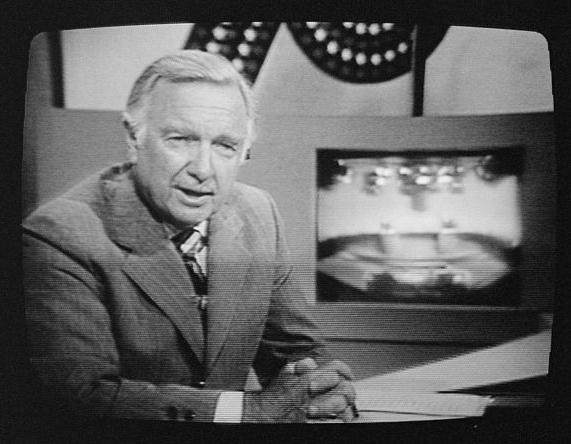Journalism is a fancy word for good old news. People have needed news from the beginning of time. People have spread news in order to inform other people for as far back as humans remember.
How do we get news?

In very old times, people got their news from traveling bards who went from village to village. It could take months or years for news to reach the remotest places.
Once the printing press was invented, people got their news from newspapers. News moved a little more quickly because it could be sent out in all directions at once. But still, some people didn’t receive a newspaper until it was weeks or months out-of-date.

Once radio and TV were invented, news could be transmitted instantly as sound. This was a big improvement in some ways—sound travels much faster than a person in a truck handing out bundles of papers. But it also meant that it took more time to get the news. In the time that one person can read a full newspaper to themselves, a speaker can only read a few pieces out loud.
Once the Internet was invented, people started to get their news via email and then the World Wide Web. This innovation combined the speed of radio and TV with the convenience of lots of information in one place like a newspaper. It also meant that suddenly, you didn’t have to have a lot of money to publish news.
These days, people get their news from a variety of sources, including:
-

In his time, Walter Cronkite was the most famous television journalist. Radio
- TV
- Paper newspapers
- Paper magazines
- Web-based newspapers and magazines
- Youtube videos
- Facebook pages
- Blogs
The cool thing about the Internet is that anyone can publish their news. And that means you can publish news, too. You could start a blog about a subject you’re interested in. You could make Youtube videos. You could make a neighborhood email newsletter.
Resources:
- Simpson Street Free Press is a newspaper written by kids
- Time Magazine’s News For Kids is a newspaper for kids
- Teaching Kids News is another newspaper for kids
- Communicating Ideas from Alberta Education teaches kids about news and how to write it